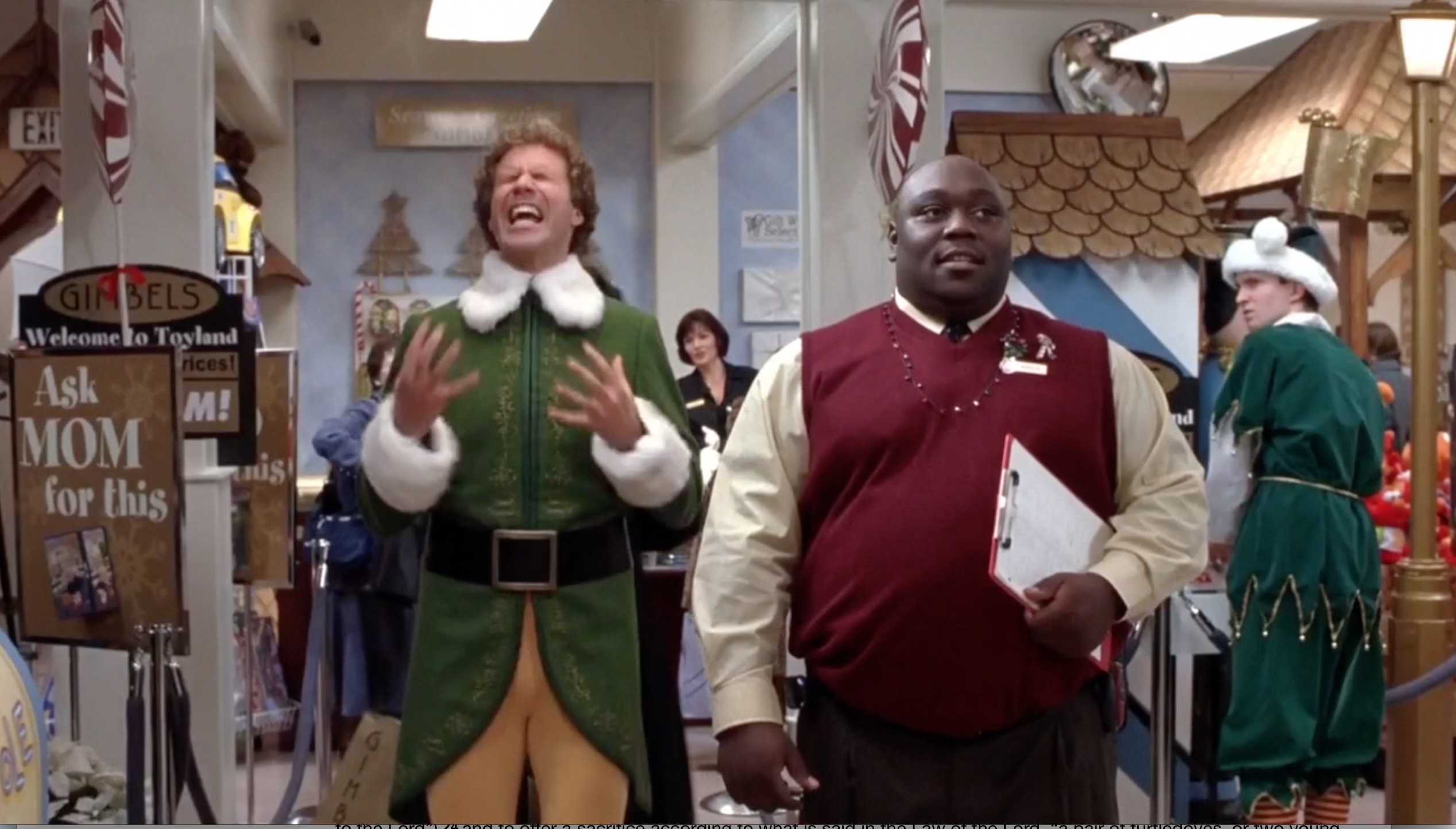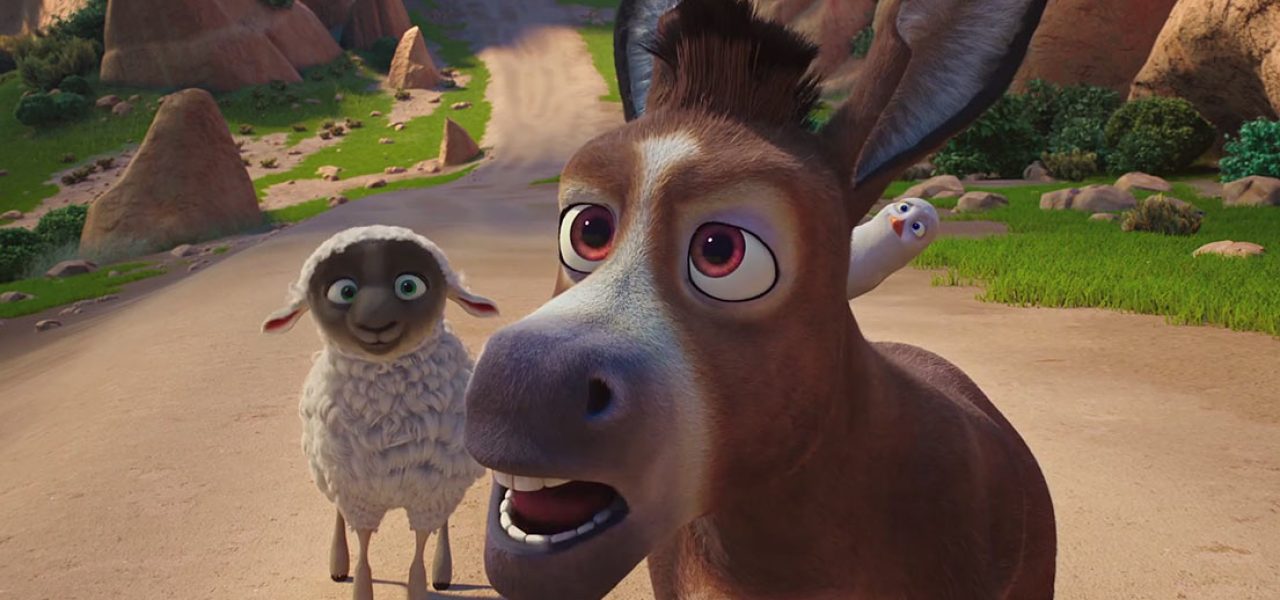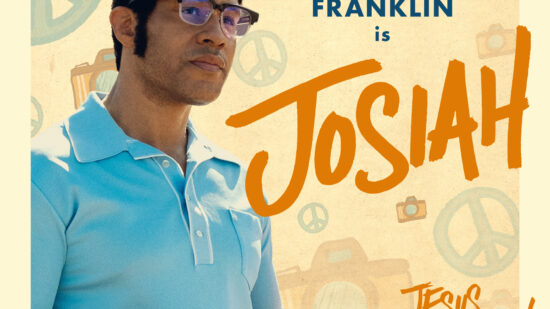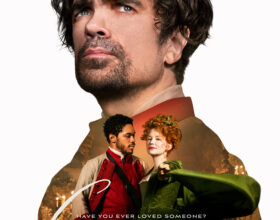By Jacob Sahms
Christmas is merely a week away. It’s so close but there’s still much to be done to prepare for our friends and family, our gift exchanging, our Christmas card writing, and that last minute cleaning of the house. It can be almost overwhelming, to the point where we lose sight of what’s really important. So, at Dove, we’ve assembled The Dove Christmas Countdown with this week’s focus on Films to Help You Feel the Love to help you focus on the love we all want to feel at Christmastime.

When Charlie Brown cries out to Lucy and Linus that he’s simply not feeling the season, they jump into hyperdrive to explain away his sadness and frustration in A Charlie Brown Christmas. But ultimately, it becomes clear that Charlie is really asking for someone to tell him what Christmas is all about. In the face of the commercial – and the more mercenary – aspects of Christmas, he wants to understand why we’re celebrating the season anyway. Thanks to Linus, Charlie gets more than a psychological examination from his chief adversary Lucy: because of Linus, Charlie hears the good news of the gospel, that God has broken into human existence by becoming Immanuel, one with us. In the midst of a special played yearly on television, audiences will hear the story from Luke 2:8-20 where the angels appear to the shepherds and turn these poor, blue collar workers into the first evangelists of Jesus’ birth.

Ebeneezer Scrooge knows the head knowledge of the gospel story of Jesus’ birth but the world of commerce and misery has driven him astray in A Christmas Carol. While there are a significant number of adaptations of Charles Dickens’ masterpiece of the season, my preference is still George C. Scott’s version from 1984. Thanks to the four ghosts (don’t forget Jacob Marley!), Scrooge learns to see his past, present, and future lives from a different perspective. He comes to understand that he is loved even if he doesn’t feel it and that he should love because his love matters to others. Of course, there’s that beautifully redemptive moment on Christmas morning, but first there’s a slow and gradual recognition of the way that he fits within the community and why it matters that he show others love.

While Buddy the Elf already understands the love he knows at Christmas, thanks to his early years as the one human in the land of Santa’s elves, he goes about sharing Christmas cheer in Elf in a way that can’t be ignored. While the grounding of Santa’s sleigh shows evidence of people’s lack of faith and love, Buddy bursts onto the scene with joy and hope, spreading his Christmas cheer by singing loud for all to hear. In New York City, often portrayed as the land of cynicism, Buddy showers love and affection on, well, everyone, until they begin to feel the love, too. With a bit more silliness than some of our serious Christmas classics, Elf allows us to laugh and sing, actually experiencing Christmas joy as we watch.

Home Alone is probably not the film that came to mind when you thought of experiencing the love of Christmas. You probably thought of Kevin’s hijinks as he fights off two burglars, or the host of bad guys (even terrorists) he fought in the subsequent sequels as he defended his home(s), toy stores, and other locales from those who would do evil during Christmas. But in each of the films, there’s always someone on the outside looking in, someone Kevin has to come to understand from a different perspective, usually from their pain. In the original, that’s Old Man Marley, an elderly neighbor who saves Kevin’s bacon but must first be reminded that he is not old and forgotten, and that restoration is possible if he’ll only believe.

Finally, in The Star, we see a whole different perspective on the old Nativity scene, thanks to the viewpoint of a menagerie of animals, led by the donkey Bo. The main narrative follows Mary and Joseph as they ride Bo toward Nazareth for the census, while Mary is so close to birthing the baby Jesus. But there are several inter-animal interactions, especially with a pair of snarling centurion’s dogs, that exemplify an Easter grace in a Christmas story. Sometimes, sharing the love means forgiving those who have hurt us, and The Star shows how that forgiveness flows at Christmastime, too.
Taken as a whole, we can see the movement from outside to inside, a movement from lacking knowledge to experiencing it in a heartfelt way and even living it out. Instead of allowing ourselves to be caught in a net of frustration in preparing or financial quandaries while shopping, we can instead find ourselves drawn to opportunities to love those around us, from our families at home to those who we encounter at work or shopping during the season.




